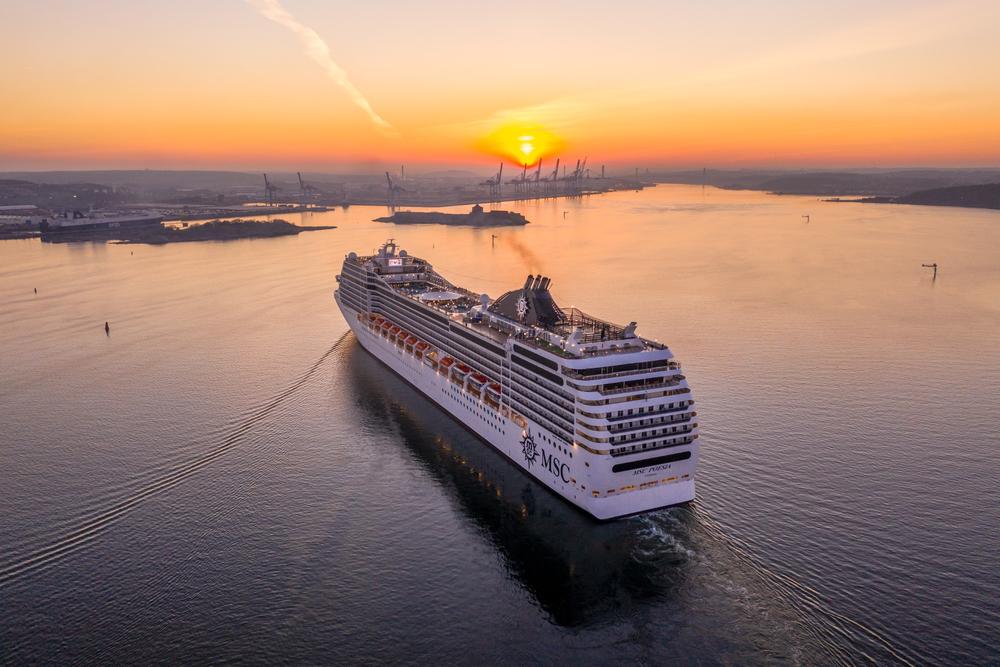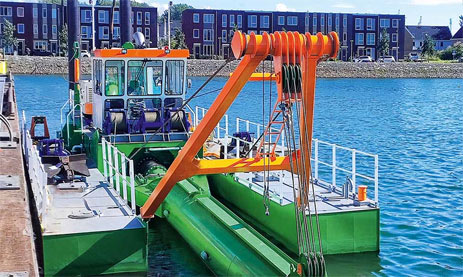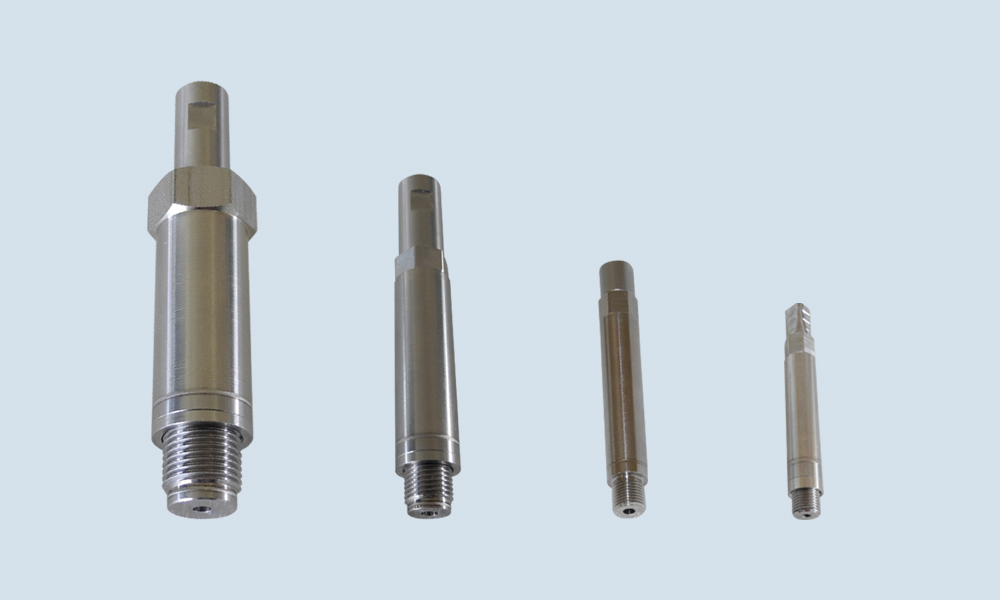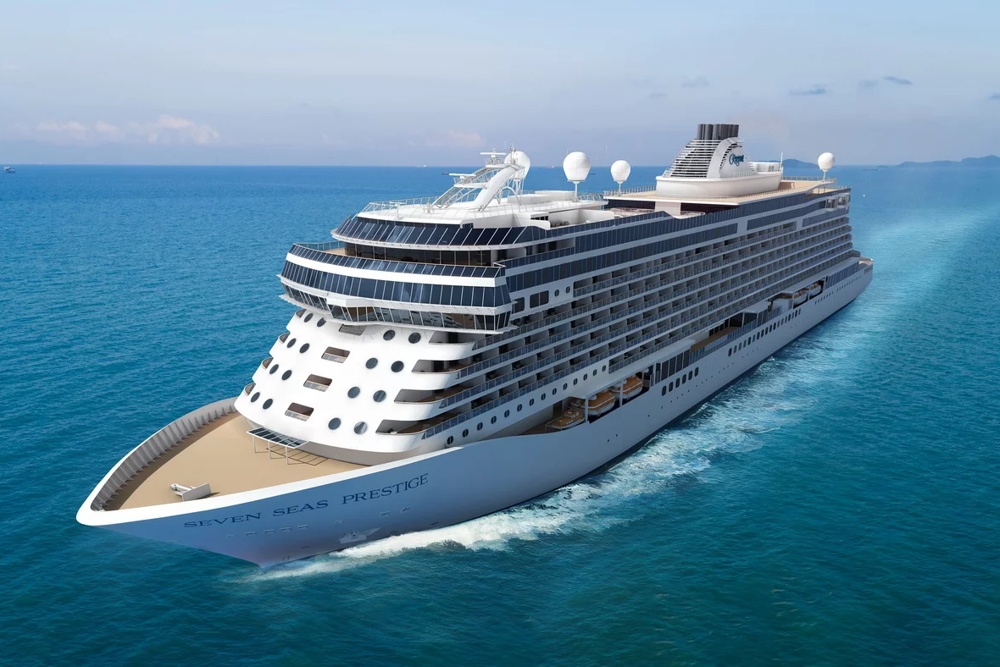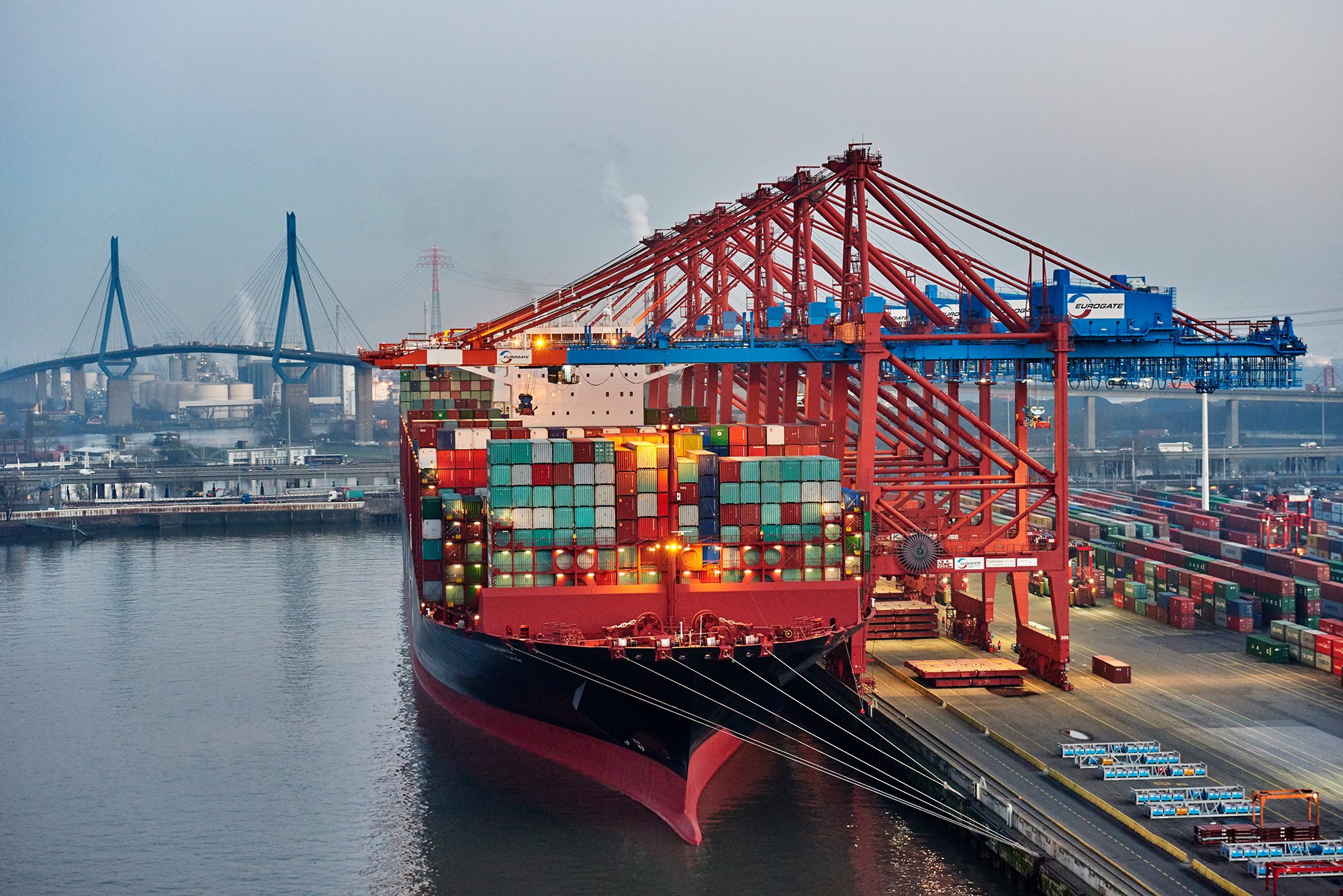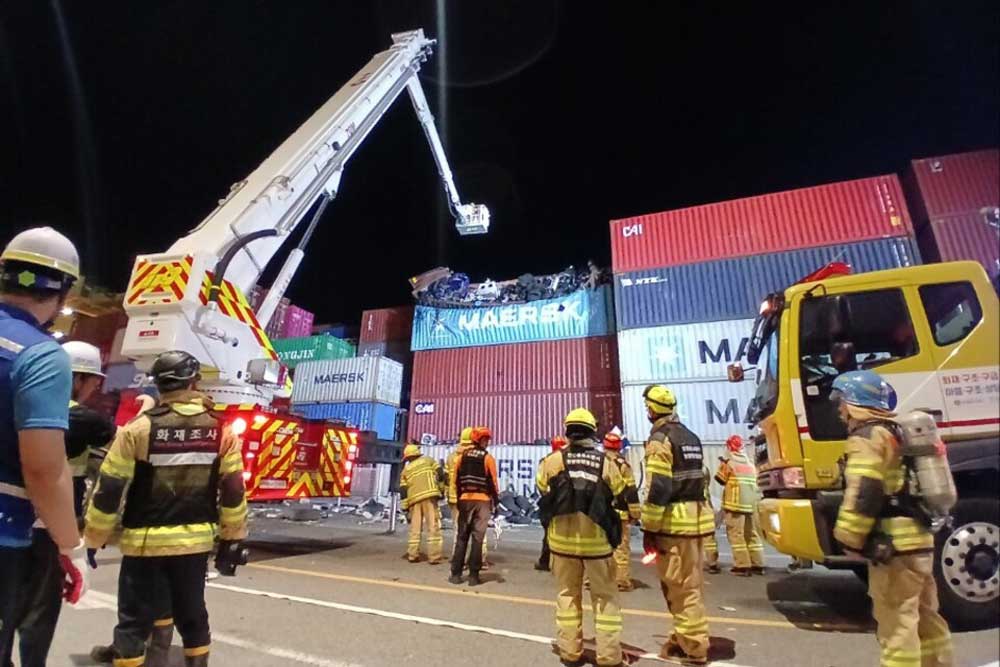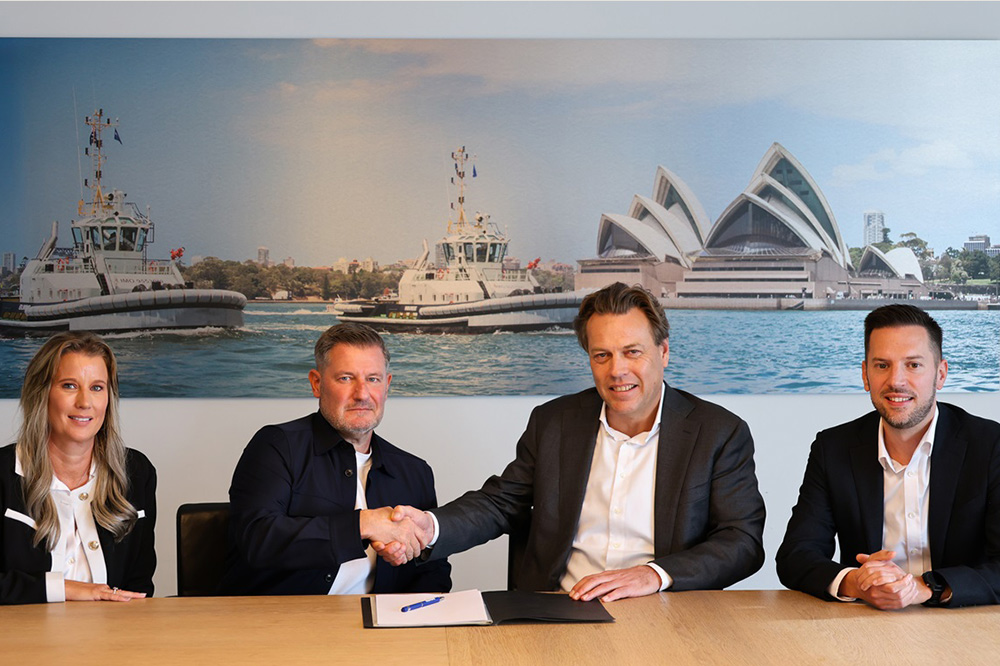Box handling in Scandinavia’s largest port has remained stable in the first half of the current year. A total of 470,000 TEU were handled in Gothenburg in the first six months. This corresponds to a slight increase compared to the 468,000 TEU in the same period last year (H1/2024).
“The transfer of empty containers between ports is necessary for the logistics system to function, but should ideally be kept to a minimum,” emphasized Claes Sundmark, Vice President Sales and Marketing at the Port of Gothenburg.
Meanwhile, the operator of the container terminal, Maersk’s port division APM Terminals (APMT), reported the best month in its history in July with 47,805 TEU. This figure will be included in the next quarterly report. The summer also saw the launch of two new services: CMA CGM opened a Gothenburg-Baltic connection, while Maersk and Hapag-Lloyd introduced a new direct connection to and from Asia.
Fewer cruise calls and bulk cargo handling
Meanwhile, intra-European RoRo traffic increased by 1 % to 272,000 CEU. The increase came in the spring after a weaker first quarter. Car handling fell by 7% to 124,000 vehicles, while the handling of energy goods fell by 13% to 9.4 million tons – mainly due to low refinery margins and maintenance shutdowns.
Bulk goods handling slumped by 43% to 155,000 tons, mainly reflecting the lower demand for raw materials such as stone, sand and gravel in infrastructure construction. In contrast, the upward trend for processed forestry products continued.
The port welcomed 16 cruise ship calls in the first half of the year, compared to a record 26 in the previous year.
Record number of boxes by rail
Rail is continuing to expand its role as the dominant mode of transport in the hinterland. Rail volumes rose by 4 % in the first half of the year, and over 60 % of all container shipments are now handled by train. This means that the port is heading for an all-time high in rail volumes. The growth is being driven by inland terminals throughout Sweden – in the north, south and east.
“The region is home to many central warehouses, especially for consumer goods, and the rail connection to the port of Gothenburg is crucial. Rail transport is efficient, virtually emission-free and also takes the pressure off the roads,” says Sundmark.
